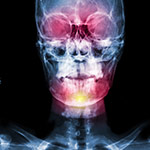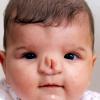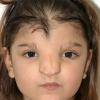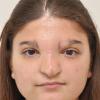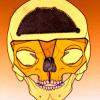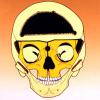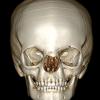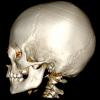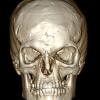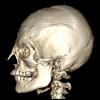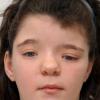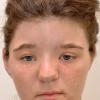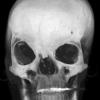CRANIOFRONTONASAL DYSPLASIA (MIDDLE FRONTONASAL DYSPLASIA)
Morphological Characteristics
The craniofrontonasal dysplasia is characterized by the following:
- Widely spaced eyes (Ocular Hypertelorism)
- The hair growth may be abnormal with projection in the midline (see photo), indicative of the anomaly that exists in the development of the midline
- A wide nasal base
- The nose can be divided in the midline or has excess soft tissue (see photo). The nostrils may have notching.
- Less commonly, it is observed premature coronal synostosis
Usually, the face remains symmetrical, but if there is premature craniosynostosis of the coronal suture it is created an asymmetry that characterizes the craniosynostosis.
Other parts of the body (chest, legs) may also present abnormalities in some cases. Intelligence is normal.
DIAGNOSIS
The diagnosis is done by clinical examination and may be confirmed by genetic analysis.
SURGICAL REHABILITATION
The repair of the skeletal abnormality consists of removing the excess bone segment between the eyes, including the part of the nose that contributes to deformity as well. The eye sockets move to their normal position and it is corrected any possible asymmetry that exists on the forehead.The surgery is usually performed in the seventh year of age (by our own preference) so the bone that is located at the nasal base, between the eyes (ethmoid bone), to have been developed, and to avoid a relapse. Perhaps, the most difficult point of the surgery is to give a satisfactory form to the nose. In order to achieve this, it may need to perform a second surgery.

